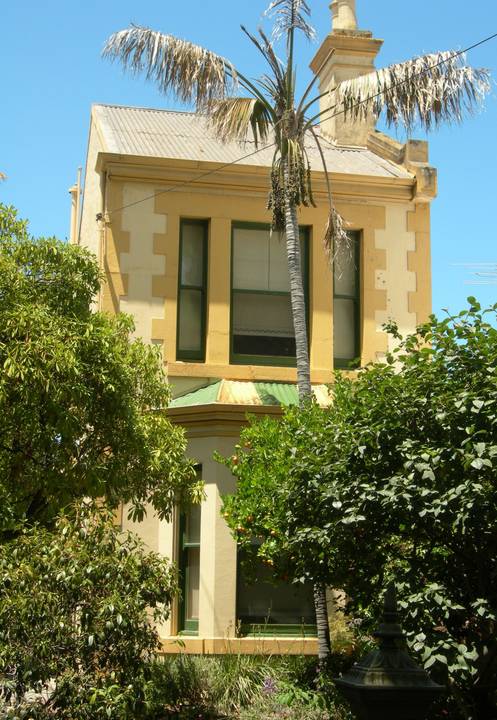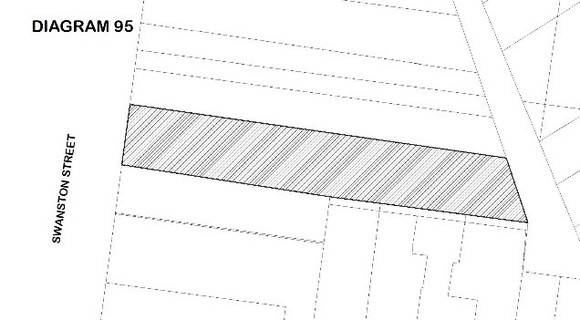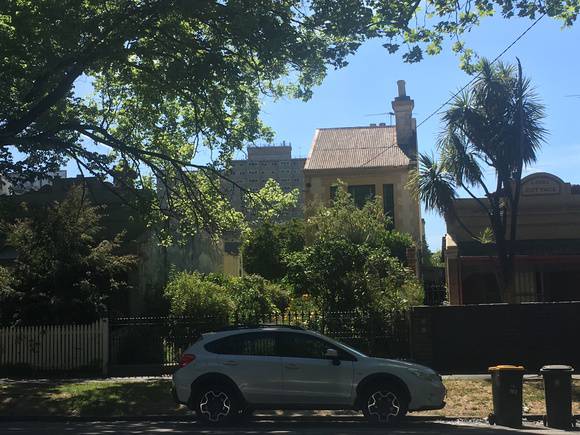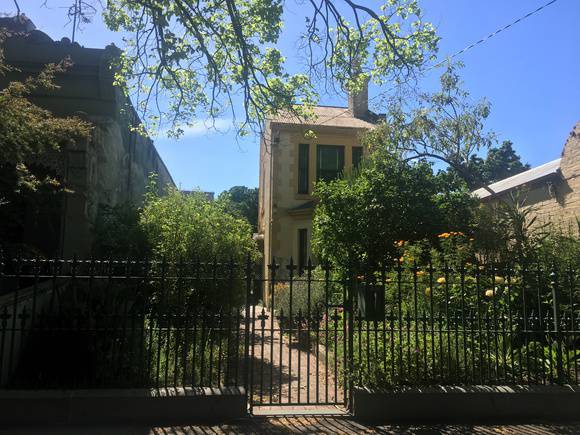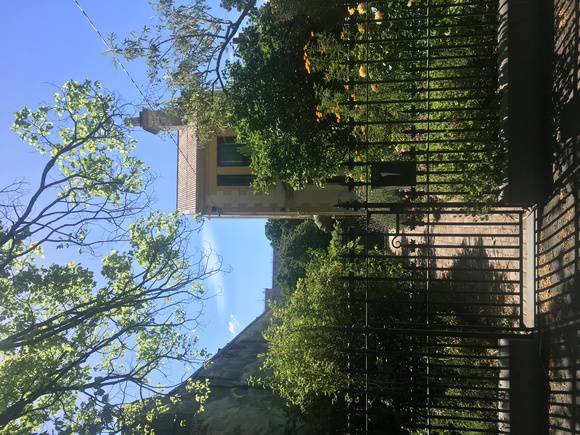| Back to search results » | Back to search page » |
|
RESIDENCE
Location896-898 SWANSTON STREET CARLTON, MELBOURNE CITY
File Number603210LevelRegistered |
|
Statement of Significance
What is significant?
896-898 Swanston Street, Carlton, a freestanding townhouse in the conservative classical style (interiors and exteriors) with nineteenth and twentieth century extensions and its garden setting containing mature mulberry and pomegranate trees.
How is it significant?
Criterion A: Importance to the course, or pattern, of Victoria’s cultural history.
Criterion D: Importance in demonstrating the principal characteristics of a class of cultural places and objects.
Criterion E: Importance in exhibiting particular aesthetic characteristics.
Why is it significant?
896-898 Swanston Street, Carlton is of historical significance as an example of very early development in this part of Carlton. As the land north of Grattan Street extending to Palmerston Street was subdivided in the 1860s, 896-898 Swanston Street, Carlton is one of the earliest built in the area.
(Criterion A)896-898 Swanston Street, Carlton is of architectural significance as an example of an owner-built residence, a common form of development during Melbourne’s early settlement. It is notable for its comparatively large block and freestanding character reflecting the early stages of residential development in Melbourne.
(Criterion D)896-898 Swanston Street, Carlton is of aesthetic significance for its intact Victorian interiors in the main residence built by Brown in 1868. These include marble fireplaces, staircase and built-in wooden cabinetry, constructed by William Faull of 699 Rathdowne Street, Carlton
(Criterion E)
Group
Residential buildings (private)
Category
Town House


